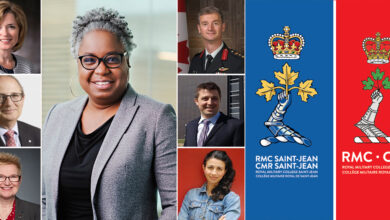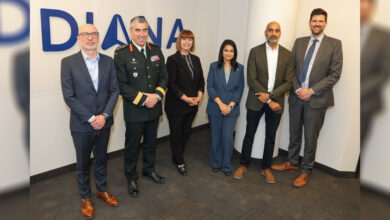Today’s News
Tools to help you sort out FACTS from fiction
With the upcoming election – both here in Canada as well as the US – here are some media literacy tips to help you sort out the facts from fiction.
Be skeptical.
Don’t believe everything you read! Give it a critical look, dig a little, and see what you can find out. Are they writing from a neutral viewpoint? Are they making generalized statements?
Is it news or is it an opinion piece? News should be based on the facts, but opinion pieces are the author’s analysis of the facts. A news story should, ideally, include their sources so that readers can verify those facts.
If you know it’s not an opinion piece, are you sure it is actually news? Sometimes articles that are actually sponsored content or satire can look like news, but they are entirely false. When you are looking for information, look for reliable sources like scholarly journals, professionals in that subject area, or government databases.
2. Go back to the beginning.
You have determined that the post is supposed to be news, but is it really? Is it from a reliable source? The best thing you can do is to check the original source. See if you can find where the story first appeared. You can actually do this with a Google search, just remember to go beyond the first page of results. Just because it is closer to the top doesn’t make it more reliable. Keep looking until you find where the article was first posted.
3. Know your source.
You have now found the source of the original post – is it a reliable source? There are many fake news sites online that are designed to look as credible as possible – and sometimes very similar to more trustworthy news sources. When you find the source of your news article, double check the source just to make sure that you know what it is.
An example of this is the Boston Tribune. It sounds familiar – The Boston Globe is an actual news source. The Boston Tribune, however, is not. It is known for publishing fake news, extreme bias, promoting propaganda and conspiracies, and doing little fact checking. They do, occasionally, have real news stories on their site.
According to mediasmarts.ca, learning how the news is made can help people become better at identifying fake news, as well as identifying bias.
4. FACT-CHECK
When in doubt, use a professional fact checker, preferably one that has signed on to the international Fact-Checking Network’s code of principles. Both Snopes and AP Fact Check tend to be reliable fact-checking sources.
5. If nothing else, remember your ABCs
The biggest thing to remember is that anyone can put anything they want online, whether they know anything about the topic or not. Years ago, I came across a simple acronym to help with this – the ABCs of verifying a source, and this works with print and digital sources.
It’s simple:
A – Authority: What makes this author a reliable source? Are they an expert in their field? For example, if you are looking into something medical related, is the author actually a doctor? Did they train at an accredited school? Do they work for a reputable organization?
B – Bias: What’s their bias? In other words, what are they trying to sell you? Can you identify their motivation? For example, going back to looking at something medical related, is this coming from a company trying to sell a product or a university hospital?
C – Currency: How old is the information? As we make new discoveries, our understanding of things change. Again, to use the medical example, what we knew 10 years ago about cancer is different than what we know now. Make sure your source is current to avoid misinformation.
For more information…
Media Smarts: Canada’s Centre for Digital and Media Literacy mediasmarts.ca is a great source of information on media and digital literacy – and why it matters. They have resources for both parents and teachers, and all sorts of information on digital and media literacy, cyberbullying, and more.
Snopes is a reliable source for fact-checking stories, as is AP Fact Check . When in doubt, visit either site – or better yet, both – to see what they have to say.









